A geothermal cooking village is one of the most unique examples of human adaptation to nature’s raw power. In remote volcanic regions, communities have learned to use geothermal vents, hot springs, and steam fissures to prepare meals in ways that are both sustainable and deeply cultural. Imagine dropping your pot of rice into a steaming hole in the ground, or slow-cooking meat inside volcanic soil while the earth itself acts as your oven.
These geothermal cooking villages aren’t just practical—they’re windows into the bond between humans and the natural world. They show us how traditional practices can inspire modern sustainability. In this article, we’ll take a deep dive into how these villages work, their history, their cultural significance, and why eco-travelers around the world are seeking them out.
What Is a Geothermal Cooking Village?
A geothermal cooking village is a settlement built near volcanically active zones where hot springs, fumaroles, and natural steam vents provide abundant geothermal heat. Instead of relying solely on wood or gas, villagers use this natural heat to cook meals, boil water, or even bake bread.
- Steam vents are used like natural stovetops.
- Hot springs serve as giant cooking pots.
- Geothermal soil acts as a natural oven.
These villages are found in countries like Iceland, Japan, Italy, New Zealand, and the Philippines, where volcanic activity creates usable surface heat.
Historical Roots of Geothermal Cooking
Humans have been harnessing geothermal energy for centuries:
- Icelandic traditions: For hundreds of years, Icelanders baked rye bread (“hverabrauð”) in geothermal soil. The bread is buried in the ground and cooked slowly for 24 hours.
- Japan: Villages around Beppu use hot springs for steaming vegetables, eggs, and sweet potatoes.
- New Zealand Māori culture: The Māori people traditionally cooked using geothermal steam in earth ovens known as hangi.
- Italy’s Phlegraean Fields: Locals historically boiled eggs and potatoes in volcanic fumaroles.
These traditions prove that the geothermal cooking village is not only practical but also an important cultural heritage.
How Geothermal Cooking Works
Cooking in a geothermal environment depends on three main natural heat sources:
- Steam vents (fumaroles): Hot steam escaping from the earth is captured to cook food in baskets or pots.
- Hot springs: Naturally boiling water is used to cook eggs, vegetables, and even meat.
- Geothermal soil ovens: Foods are buried underground, where trapped steam and heat cook them slowly—similar to slow cookers.
⚡ Fun Fact: In Iceland, geothermal cooking villages can even boil an egg in less than 10 minutes using just the earth’s steam!
Why Geothermal Cooking Is Sustainable
- No deforestation: Unlike firewood, geothermal heat doesn’t require cutting trees.
- No fossil fuels: Villages reduce their reliance on gas and coal.
- Low carbon footprint: The heat is naturally renewable.
- Cultural preservation: It keeps ancient cooking traditions alive while protecting the environment.
This makes geothermal cooking villages living examples of sustainable living in harmony with nature.
Examples of Famous Geothermal Cooking Villages
1. Hveragerði, Iceland
Known as the “Hot Spring Town,” Hveragerði has geothermal cooking spots where locals and visitors can bake bread in the earth.
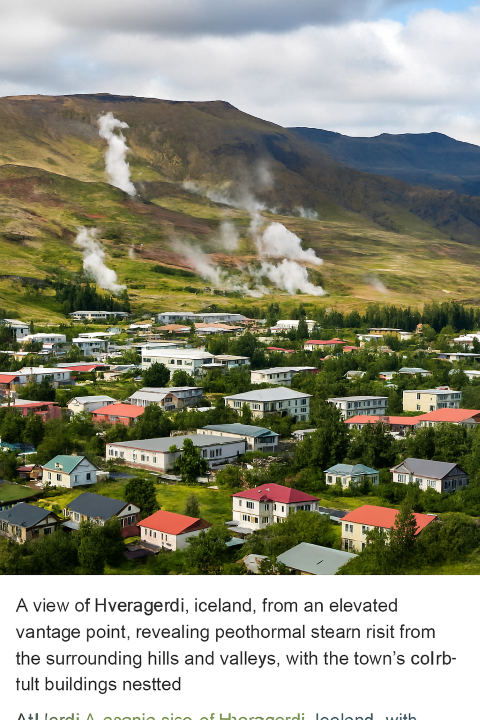
2. Beppu, Japan
The village is world-famous for “onsen tamago” (hot spring eggs), which are soft-boiled using volcanic springs.
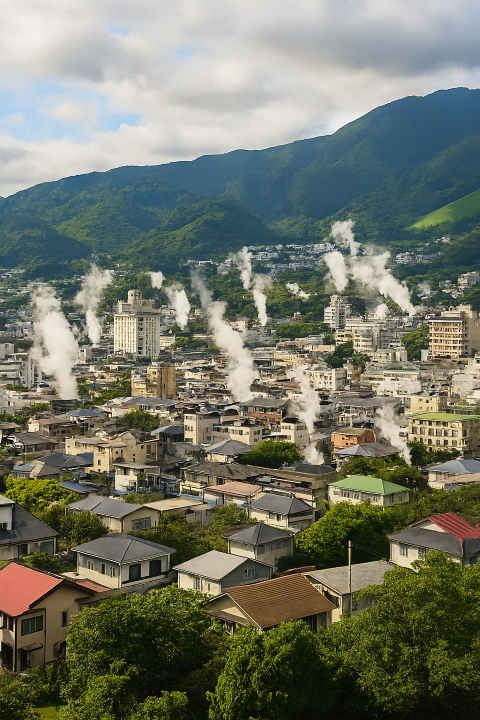
3. Rotorua, New Zealand
Māori families still use geothermal steam for traditional hangi feasts, preserving culture through food.
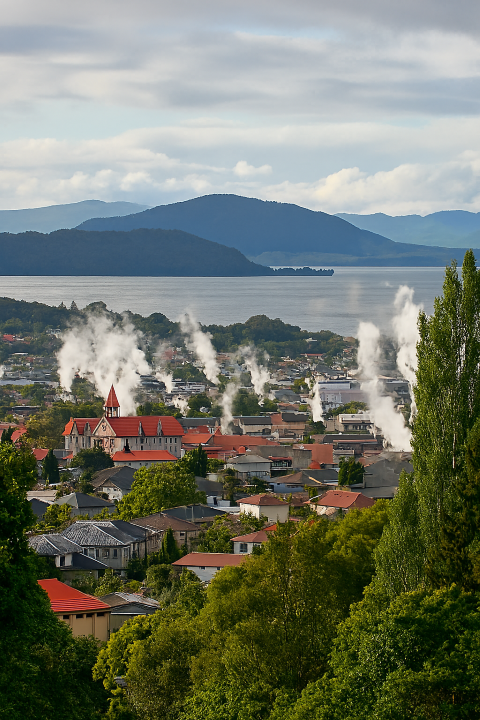
4. Larderello, Italy
One of the earliest European geothermal hubs, where fumaroles are used for small-scale cooking traditions.
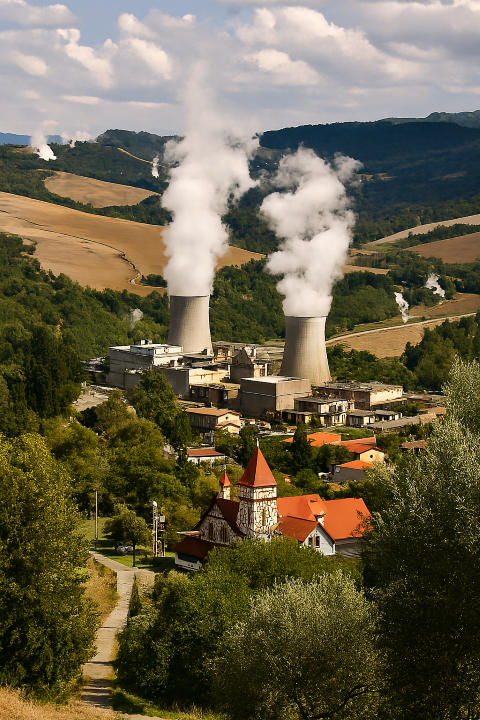
5. Leyte, Philippines
Communities living near geothermal power stations also maintain local traditions of cooking in natural steam.
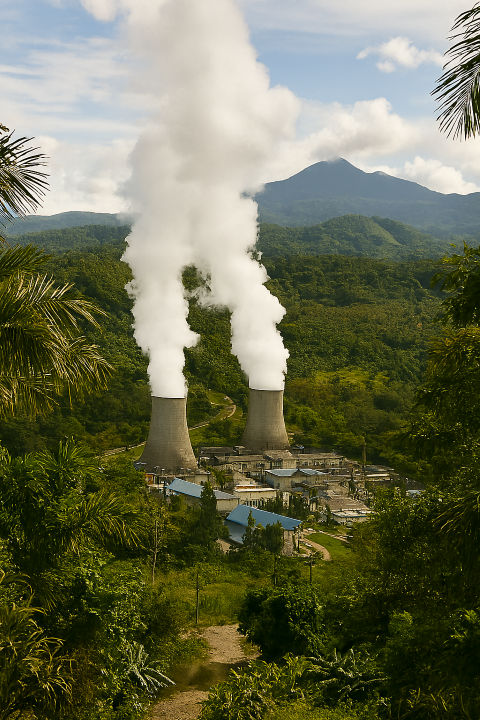
Tourism and Culinary Experiences
Eco-tourists and food lovers are increasingly visiting geothermal cooking villages for authentic cultural experiences. Travelers enjoy:
- Eating meals cooked directly in geothermal steam.
- Joining workshops on traditional cooking methods.
- Taking part in eco-friendly tours highlighting geology, energy, and cuisine.
Many of these villages are turning geothermal cooking into eco-tourism attractions, boosting local economies while keeping traditions alive.
Much like the hidden gardens in Lisbon, a geothermal cooking village offers travelers a rare cultural experience.
Challenges Facing Geothermal Cooking Villages
- Environmental risks: Overuse of geothermal sites can damage ecosystems.
- Tourism pressure: Too many visitors can harm fragile environments.
- Modernization: Younger generations may shift to modern cooking, risking the loss of traditions.
Yet, through sustainable tourism and community-led initiatives, these villages continue to survive.
National Geographic – Geothermal Wonders
Future of Geothermal Cooking
As the world seeks alternatives to fossil fuels, geothermal cooking villages can inspire:
- Eco-communities powered by geothermal energy.
- Restaurants using natural geothermal ovens.
- Expanded geothermal tourism in volcanic regions.
The geothermal cooking village is more than a novelty—it may be a model for future food sustainability.
FAQs: Geothermal Cooking Villages
Q1. What is geothermal cooking?
Geothermal cooking is using natural heat from the earth—steam vents, hot springs, or heated soil—to prepare food.
Q2. Where can I experience geothermal cooking?
You can visit places like Hveragerði in Iceland, Beppu in Japan, Rotorua in New Zealand, or geothermal villages in Italy and the Philippines.
Q3. Is food safe when cooked with geothermal energy?
Yes. Food is placed in pots or containers before being exposed to natural steam or hot water.
Q4. What foods are commonly cooked this way?
Eggs, bread, sweet potatoes, vegetables, rice, and meats are most common.
Q5. Can geothermal cooking help the environment?
Absolutely. It reduces reliance on fossil fuels and promotes sustainable practices.
Conclusion
A geothermal cooking village is one of the world’s most fascinating cultural and natural treasures. These communities prove that living sustainably doesn’t mean sacrificing flavor or tradition. Instead, they remind us that the earth itself can be a kitchen—providing heat, nourishment, and connection.
For travelers seeking an unforgettable experience, visiting a geothermal cooking village is a chance to taste food cooked by the planet itself.



